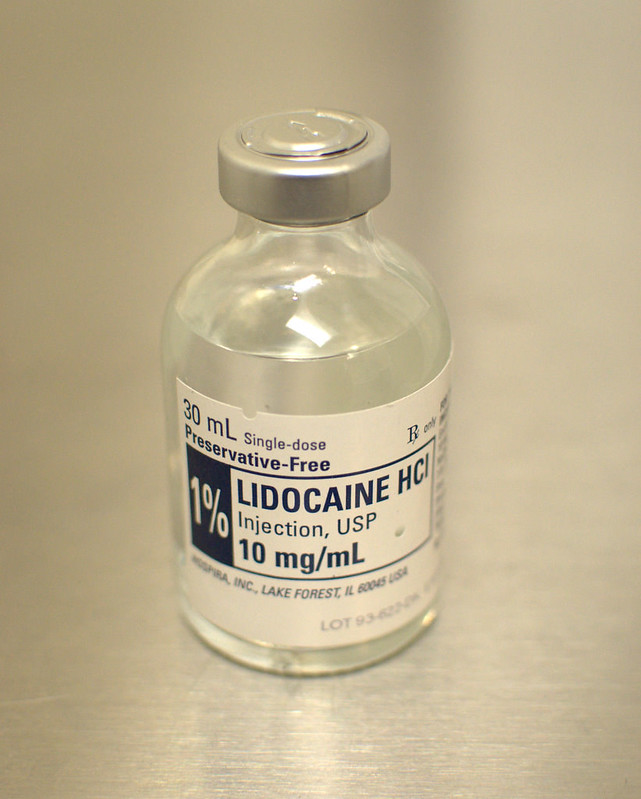An interesting article titled “Acute Myocardial Infarction After a Local Anesthetic Procedure in a Middle-Aged Patient” written by Lei Xiao and et al. appears in the American Journal of Medical sciences (2022). The article discusses how an injection of lidocaine into a 50 year old man during dental treatment possibly induced coronary artery spasm and led to acute myocardial infarction (AMI).
In the article the authors discuss how a 50-year old man was admitted to a hospital complaining of chest distress, chest pain, and shortness of breath for the past four hours in March 2020. What had happened four hours earlier, was that the man with no history of high blood pressure, diabetes, atrial fibrillation, or high cholesterol visited a dentist and had a dental work performed. The man was not a smoker and had no known drug or food allergies. The man was known to have had dental repair and denture implantation five times before. For this particular visit for the restoration work being conducted, the man was given an injection of a mixture of 2 ml of lidocaine (2%) and 1 ml of epinephrine (1:100,000), which was injected into his gingiva. Around a minute after the second injection of 2 ml of lidocaine the man developed symptoms of chest distress, chest pain, and shortness of breath. These symptoms lasted or 30 minutes without any relief. He then went to a hospital as mentioned earlier.

While at the hospital the man had echocardiography and coronary angiography performed. These tests showed no significant atherosclerotic plaques, stenosis, wall motion abnormality or valve abnormalities. The electrocardiogram showed slight ST segment elevation with elevated levels of cardiac troponin. The man was tested for viral infections, including severe acute respiratory syndrome coronavirus 2 (SARS-CoV-2), influenza A and B, bocavirus, adenovirus, metapneumovirus, and respiratory syncytial virus, and all these results were negative. The man was treated with diltiazem, clopidogrel, and potassium supplements. The following day the man’s symptoms relieved themselves. The next day the man was given a cardiac contrast-enhanced magnetic resonance imaging exam which not show late gadolinium enhancement. The authors state that the man had symptoms of acute myocardial ischemia, new ischemic electrocardiographic changes, elevated troponin levels, and a normal coronary angiography, and thus was diagnosed with acute myocardial infarction caused by coronary artery spasm.
The authors state:
“…we suspected that myocardial infarction caused by coronary artery spasm may be directly induced by lidocaine. To our knowledge, there were no previous reports of lidocaine directly inducing coronary artery spasms.”
The man spent a total of five days in the hospital before being discharged. The man was discharged with clopidogrel and diltiazem. He was seen two months later and had not experienced any chest distress, chest pain, or shortness of breath since being discharged.
The authors discuss how acute myocardial infarction can be caused by coronary artery spasm, which may be induced by drugs although as a side effect. It is suspected that in this case the dental injections caused the man’s lidocaine blood concentration to rise rapidly and inhibited coronary artery relaxation, which may have led to coronary artery spasm then the acute myocardial infarction.
The authors state:
“Although the mechanism is not entirely clear, it is highly possible that lidocaine inhibits vasorelaxation via adenosine triphosphate-sensitive potassium channels, which may lead to coronary artery spasm. “
The authors feel that as lidocaine is so widely dentistry futures studies are needed to understand how it may lead to coronary artery spasm.
